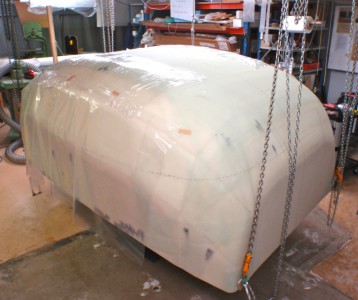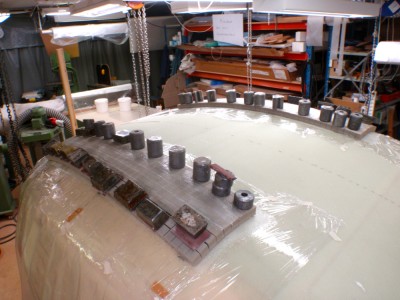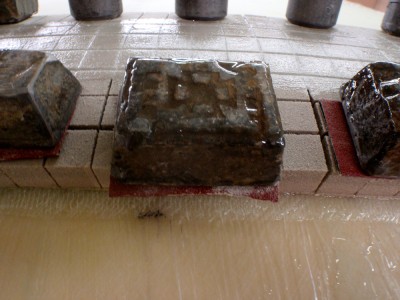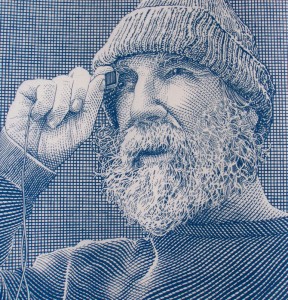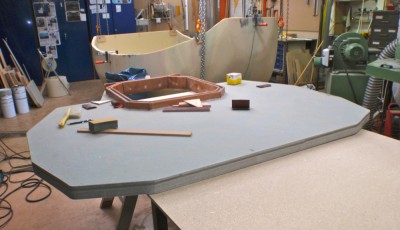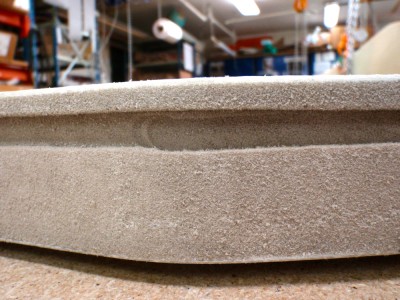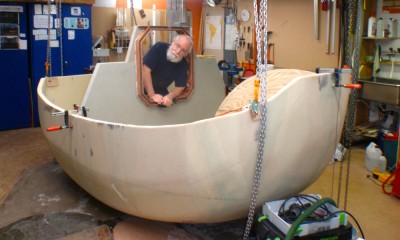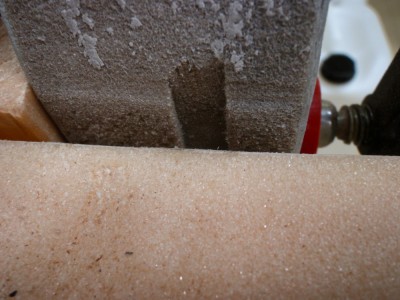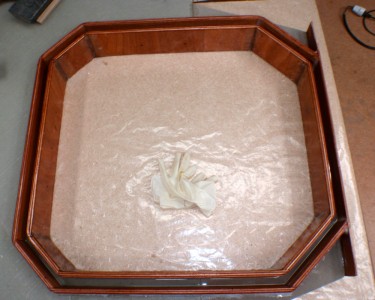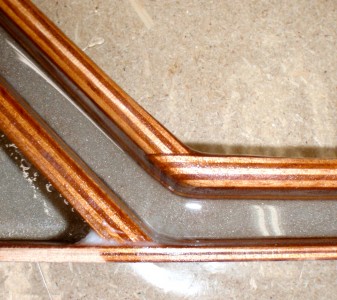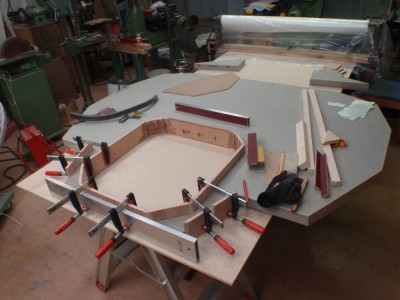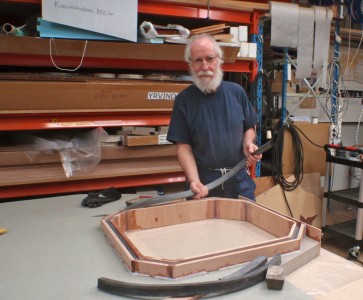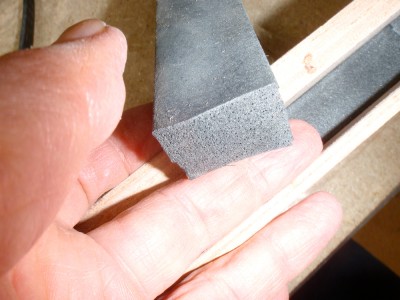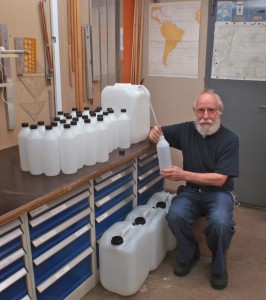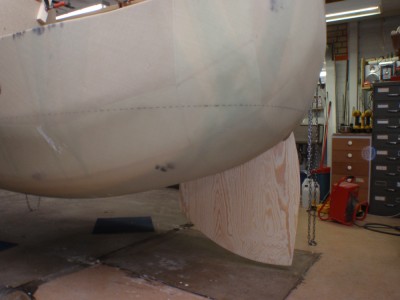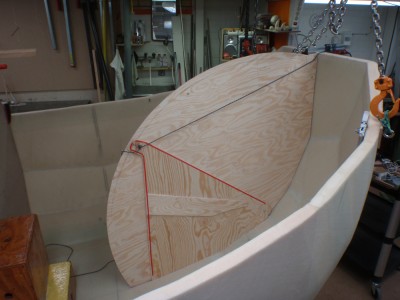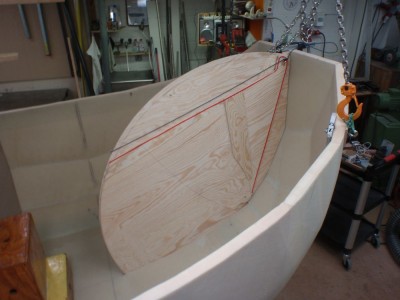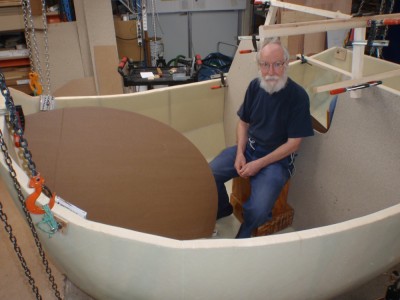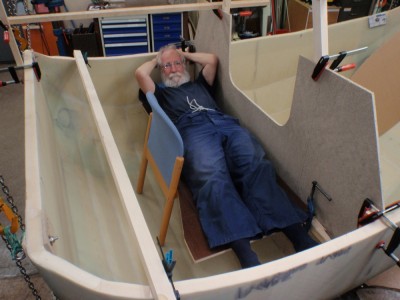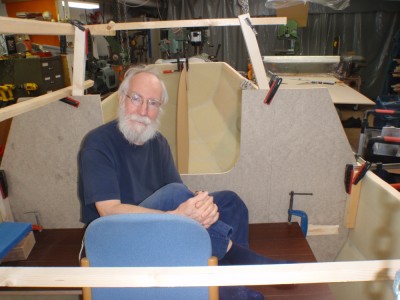Click once or twice on the picture to enlarge.
The book: Den unge den gamle och havet, is now in print and for sale on internet in book shops and signed copies from me and my co-author Thomas Grahn.
It is published by Swedens oldest book company Norstedts. The text on the back cover reeds in my free translation.:
Nineteen year old youth and his freind calls on Yrvind a seventy year old experienced small boat sailor to get advise for their dream cruise. After a few houers consulting they part. Weeks pass. One day Yrvind phones curious about their progress.
My freind jumpt ship, says the Captain.
You must sail single-handed, says Yrvind.
I have never been away from home for more than a week, the longest I have sailed is across to Denmark, and I have never been sailing at night.
I lend you a sextant and an inflateble. If the worst comes to the worst I give you a hand for start.
A week later Captain phones back.
Are you serious?
If you give a hundred percent I will give a hundred percent, but we must hurry, soon the authum storms are here. We got a month.
Followed by calamity howlers the odd duo departs, the old man and the youth bearing the heavy burden of being the Captain. After enduring storms, a broken down engiene, blown out sails, a leaking boat they finally exultant reach Florida after a in many ways an unique sail.
It is a practical, instructive book for people with big dreams and small budgets, enjoy.
Regards Yrvind.


